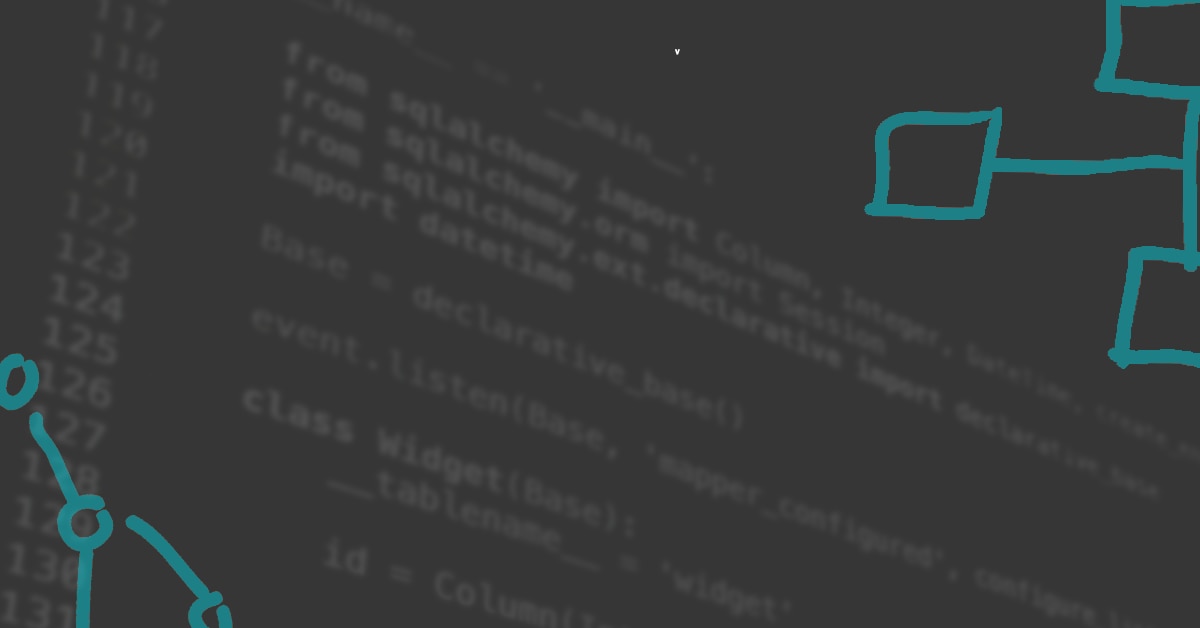Developers Are Not Building Shiny New Things
June 26, 2020
Applications

Some, maybe. But not most.
Look, I have this theory. I also have data. And as with most stories in my life, it all starts with a trip to Las Vegas.
In 2017, I attended my first AWS re:Invent in Las Vegas. For a while I heard how re:Invent was either a “cloud” or a “developer” event. I now believe neither to be true. Most people I met at re:Invent were operations folks. They were there to learn about monitoring and managing applications running in AWS. Applications built by a developer, then thrown over the fence to operations.
That was my key takeaway from re:Invent. Granted, my sample size was small, I’ve only attended twice, and I wasn’t able to speak with all 40,000 attendees. Still, that was my lasting impression. And it was in the back of my mind while reading the latest SolarWinds IT Trends Report.
Inside the report there’s one particular question on staffing needs and tech priorities. The top three tech priorities listed were cloud computing (50%), security and compliance (46%), followed by hybrid IT (35%). At first glance, the distinction between cloud computing and hybrid IT caught my attention. As I understand it, cloud computing is defined here as the deployment and/or consumption of resources in a cloud (IaaS, SaaS, PaaS). Hybrid IT, in this case, is then meant to be the monitoring and managing of all resources, both Earthed and cloud.
This is the data I came for.
This question, and responses, paints the picture of what I observed at re:Invent. Companies have staffing needs to move legacy applications and systems to the cloud. That’s the dev folks, doing their dev things. They build/deploy something, it meets a business need, and it’s now live, in production.
Once deployed, the developers move on to the next migration, leaving the operations folks to monitor, manage, and maintain. This process isn’t new, this is how IT has always operated. It’s just now we trust our data, applications, and systems to also be managed by an online bookstore.
This is a good start, but I need more data. Luckily, the IT Trends Report has plenty for me to digest. Reading a little further, I discover 29% of respondents indicate emerging technologies (artificial intelligence, edge, microservices, containers) as the biggest influence on staffing needs. This also helps confirm what I witnessed at re:Invent: developers are not building shiny new things.
The devs are building on top of legacy applications and services, not brand-new systems. The goal is to take advantage of cloud availability and scalability features. That’s the first step in migrating your workloads to the cloud. Minimal changes but adapt for critical needs. The operations folks, who have been supporting these legacy systems for years, are now left to figure out how to properly support the new architecture.
This leads to another piece of data in the IT Trends Report. 41% of respondents believe tech pros entering the workforce don’t have the necessary skills to manage modern, distributed IT environments. That’s a key phrase.
That’s what those devs have been building and not some entry in the Deep Racer league. And these distributed systems are what operations needs to learn, understand, and manage. These systems are not shiny and new. But they are practical, dependable, and the right move at this time.
And thanks to the IT Trends Report, I have some data to help with my theories.





